INTRODUCTION
 The verdict is in: now is an exciting time to be a spirit drinker. Not so long ago, being a fan of liquor meant your go-to drink was a G&T, a rum and coke or a whisky on the rocks, rather than a beer or glass of wine. But times they are a-changing. The explosion of craft distilleries in the past five years has transformed the global spirits (and cocktails) landscape.
The verdict is in: now is an exciting time to be a spirit drinker. Not so long ago, being a fan of liquor meant your go-to drink was a G&T, a rum and coke or a whisky on the rocks, rather than a beer or glass of wine. But times they are a-changing. The explosion of craft distilleries in the past five years has transformed the global spirits (and cocktails) landscape.
This is in no small part thanks to a gin revival, kick-started by a change to UK spirits licensing laws in 2009. But craft distilling has caught on all over the world, and with it drinkers desire to see the places where the spirits are made and learn about the craft-masters who make them. Renewed interest in spirits has also led us to rediscover drinks that a few years ago had all but disappeared from our cocktail cabinets. Touring a centuries-old monastic distillery in rural France, for example, is just as fascinating as that hip little tasting bar in a disused warehouse in New York.
WHAT ARE CRAFT SPIRITS?
The American Craft Spirits Association stresses that what we think of as craft is ultimately in the eye of the beholder, but broadly defines craft spirits as those made in distilleries that are independently owned and operated, produce fewer than 750,000 gallons a year, and are transparent about their ingredients, distillery location and ageing process.
Not every distillery featured in this book is a craft producer, and not all craft spirit-makers offer tours and tastings at their distilleries, but it is the (predominantly small) distilleries that are open to the public that Lonely Planet has chosen to focus on in this book: the tasting rooms where gin botanicals grow outside the front door, whisky grain is tractored in from a neighbouring farm, or ingredients such as wildflower honey are gathered from local bee hives to make rum.
In fact, the entries in this book show that one of the greatest defining characteristics of craft distilleries around the world is this desire to make use of what grows on their doorstep: be that apples in Canada, indigenous fynbos plants in South Africa, or green ants (!) in Australia.
The global gin craze, in particular, has been boosted by a heightened interest in fresh, local ingredients: many gin makers are focusing on the botanical element of the distilling process to create genuinely local products with flavour profiles that reflect the place where the spirit was made. In the UK gins historic heartland the number of distilleries more than doubled to 315 between 2013 and 2018, largely down to the so-called ginaissance. Yet the entries in this book show the craft gin trend is truly global.
And its not just gin that is benefiting from an artisan touch. Distillers particularly in the USA and Australia are concocting all manner of boozy victuals, from coffee rums to sheep whey vodka, and interesting liqueurs flavoured with spiced honey, maple or chocolate. The indulgences of a new school of mad scientists? Perhaps, but thats all part of the fun.
WHY GO DISTILLERY TOURING?
There can be no greater transparency for drinkers than touring the distilleries themselves, handling the ingredients and tasting the spirits before labels have even been slapped on the bottles. For many craft producers, distillery tours and tastings have become a key way of raising their profile and creating a community following. Tour a distillery and you could well get unparalleled access to the master distillers, who take no greater pleasure than bending your ear to tell you how the spirits are made, what to mix them with and when to drink them information that could never be gleaned from the back of a bottle in a shop. Stories, too, are part of the charm of touring distilleries: why a Ukrainian nuclear engineer ended up making vodka and whisky in New Zealand, or how a film and TV producer got the chance to grow his gin botanicals in an English castle.
Its also likely that tasting at the source will get you a few shot-glasses worth of tipples that will never make it into the stores, as many craft distillers are dabbling with limited-edition spirits. Gin, for example, takes just a matter of hours to produce, meaning the possibilities for unique small batches are endless. You can be the distillery guinea pigs: all you have to do is book a tour.
HOW TO USE THIS BOOK
Within each of the 33 countries in this book, weve organised the distilleries alphabetically by region. In the entry for each distillery, weve suggested the must-try drink or tasting experience and also recommended local sights, so distillery tourers can explore the local area in between tasting sessions.
Among the distillery entries, weve also included a small number of bars that are best-in-class for their selection of one particular drink, such as arak in Lebanon or tuak in Malaysia, and for which distilleries are hard to find. And at the back of the book, youll find a section dedicated to cocktails: our take on the best mixology magic in the world, and the bars that serve them. Bottoms up!
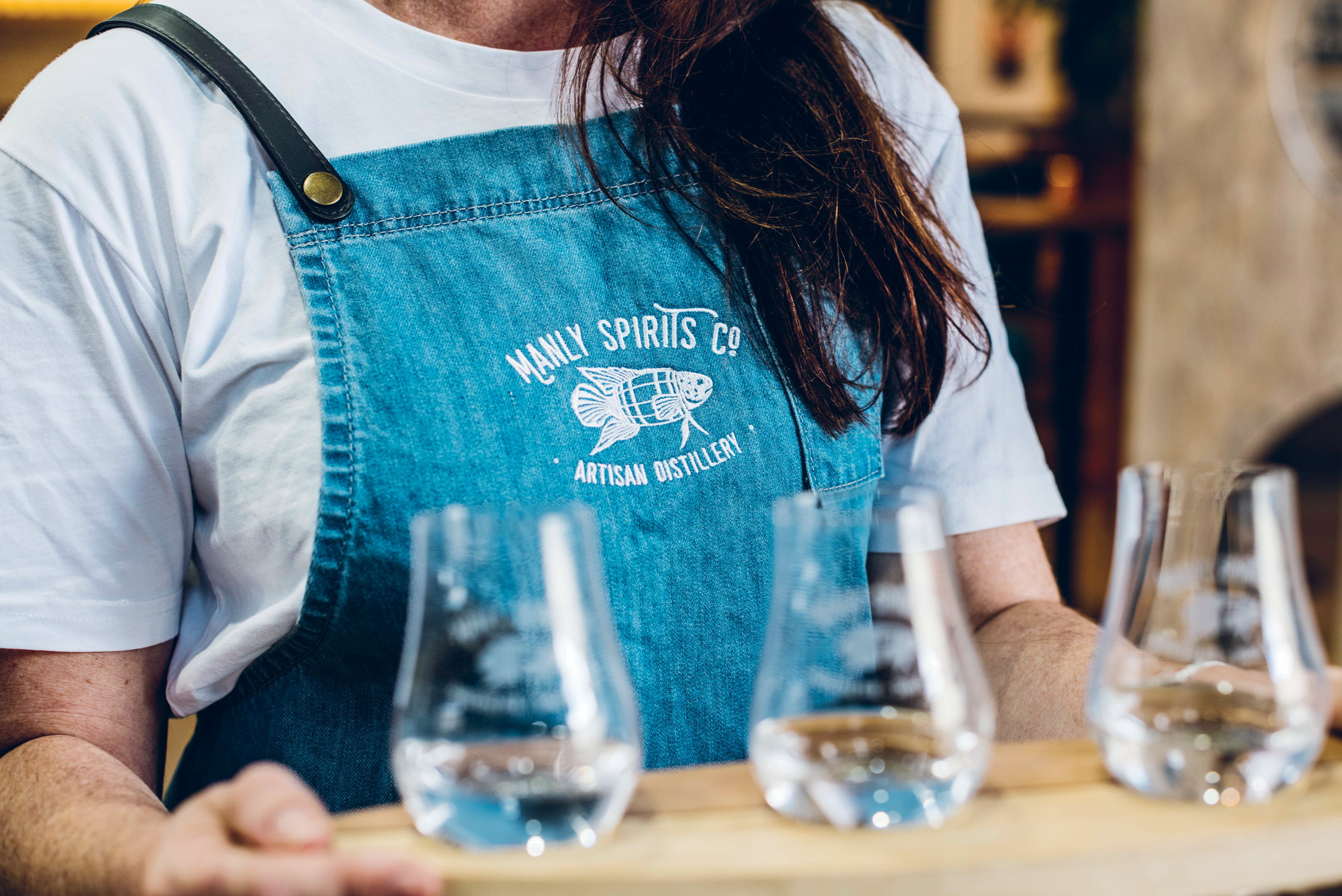
Manley Spirits

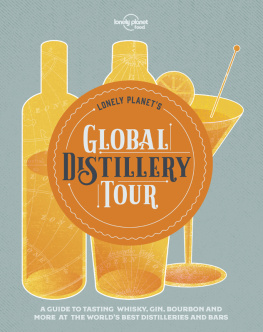



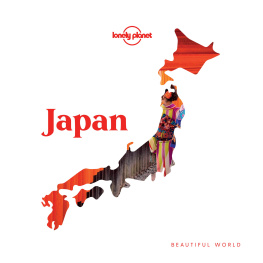
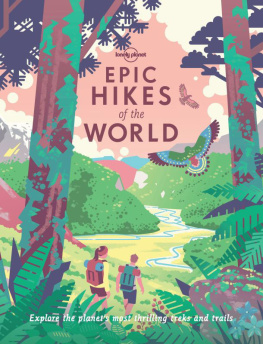


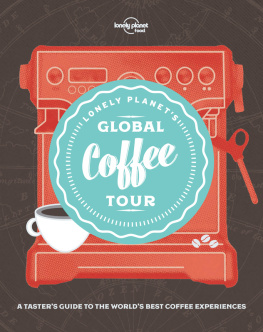

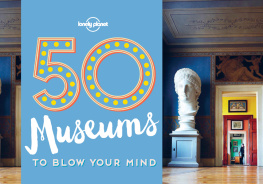
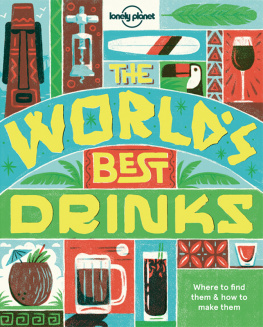


 The verdict is in: now is an exciting time to be a spirit drinker. Not so long ago, being a fan of liquor meant your go-to drink was a G&T, a rum and coke or a whisky on the rocks, rather than a beer or glass of wine. But times they are a-changing. The explosion of craft distilleries in the past five years has transformed the global spirits (and cocktails) landscape.
The verdict is in: now is an exciting time to be a spirit drinker. Not so long ago, being a fan of liquor meant your go-to drink was a G&T, a rum and coke or a whisky on the rocks, rather than a beer or glass of wine. But times they are a-changing. The explosion of craft distilleries in the past five years has transformed the global spirits (and cocktails) landscape.
 FERMENTATION
FERMENTATION
 EVAPORATION
EVAPORATION
 CONDENSATION
CONDENSATION
 FLAVOURING AND AGEING
FLAVOURING AND AGEING